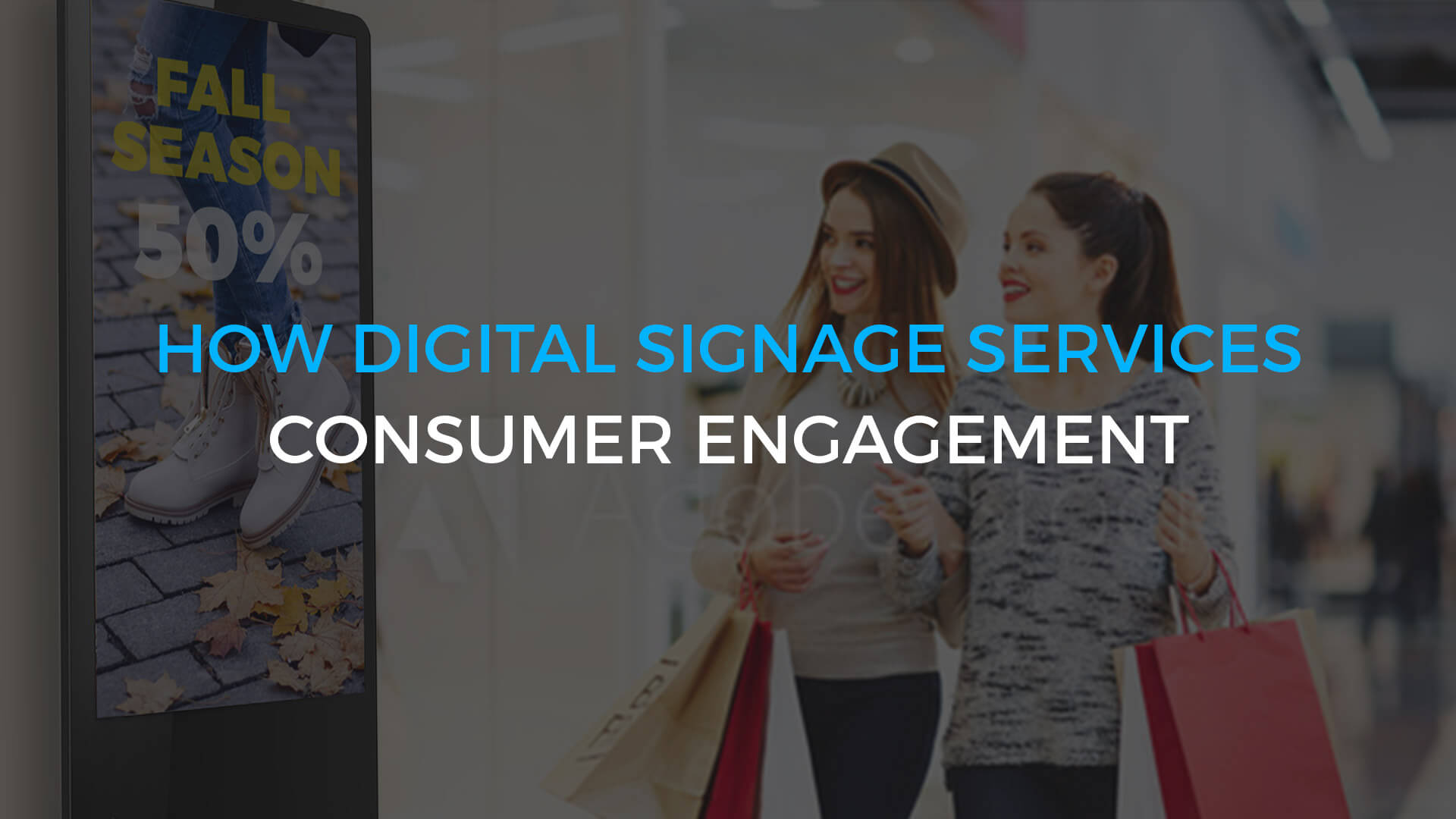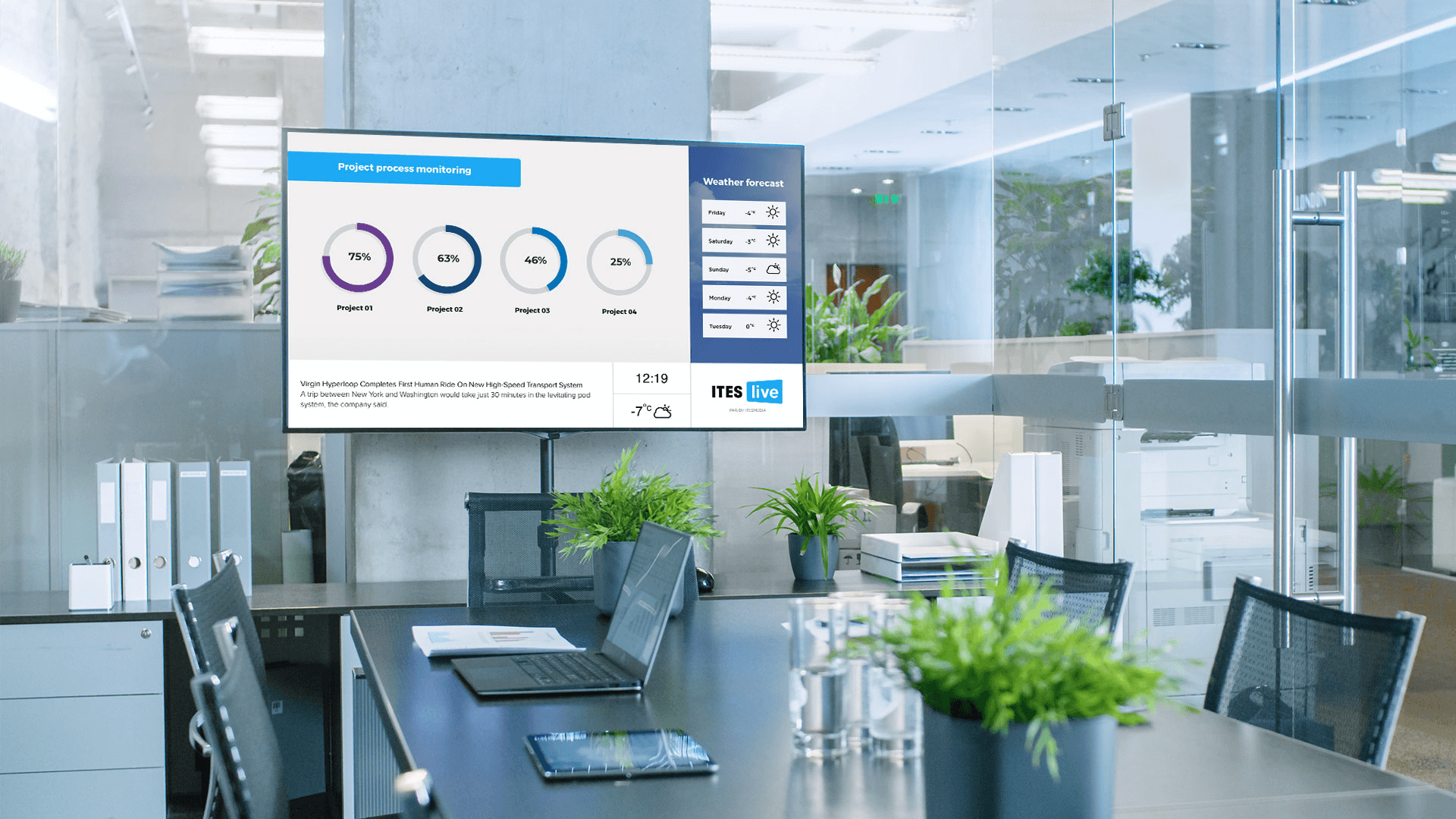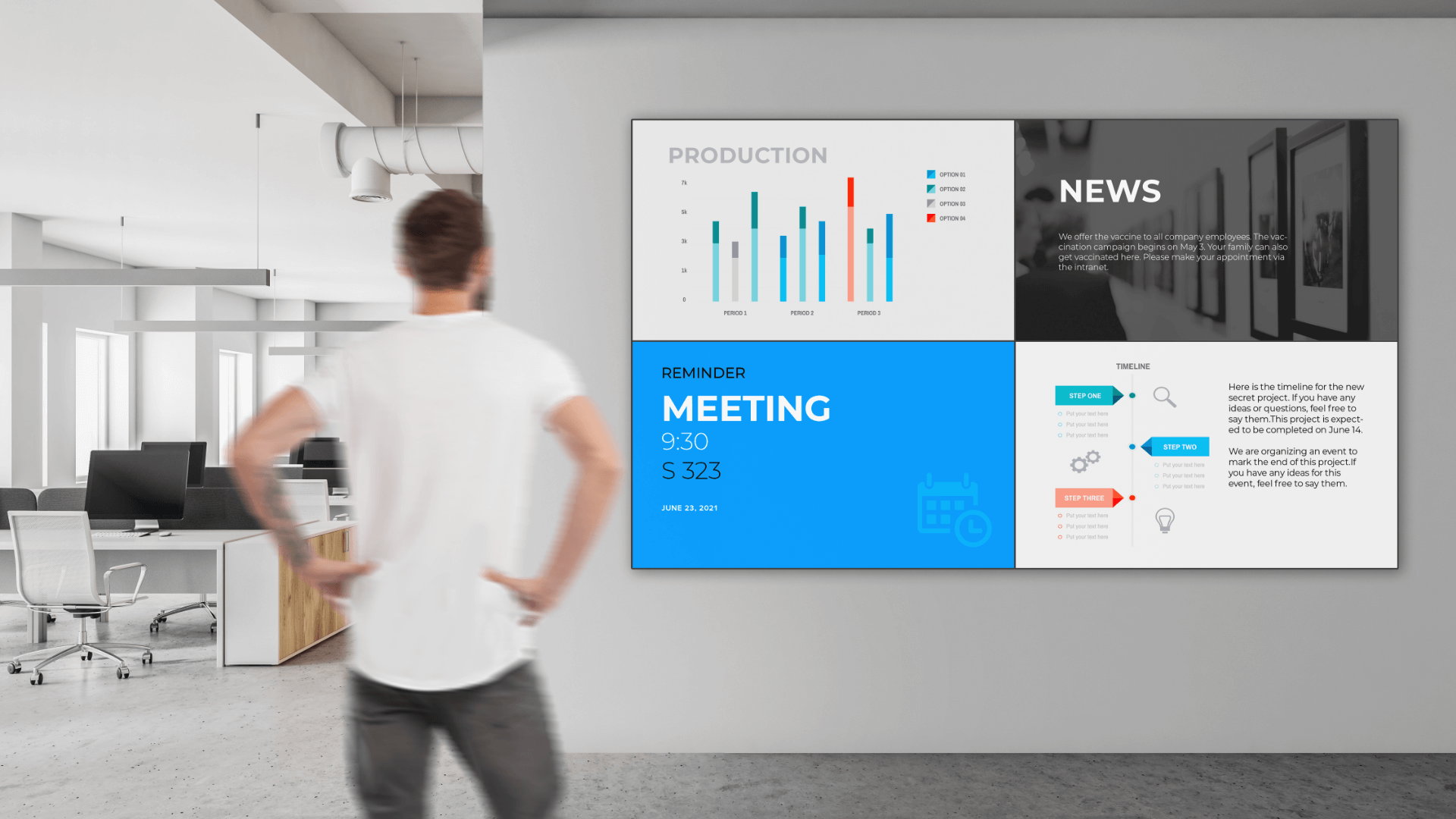Almost all of us lead busy consumer lives, and we tend to welcome technologies that will make what we do faster, easier and better. Or at least one of those three.
Visual communications technologies like digital signage validate their investment and effort when they not only push useful information to consumers but engage and connect with them. When they make things better.
Business to consumer (B2C) businesses - from retailers to realtors - invest enormous amounts of time and budget into getting people to come through their doors to buy things or initiate contracts for services. But these B2C operators sometimes fail or struggle to make effective connections once these customers are inside. Business to business folks are in the same boat to ensure staff engagement and culture thrive via their internal communication tactics.
Maybe they're too busy with other one-on-one interactions, only able to service one person at a time. How often have you waited patiently, and then impatiently, while staff are tied up with others? How often have you given up and left?
Maybe all the right information isn't on hand, or readily available.
Maybe the wrong information is up, because someone forgot to switch things out.
This is happening at a time when consumers are being conditioned to expect all of their interactions, no matter whether that's online or in-person, to be about them. To be hyper-relevant.
Are you displaying the all the communications you want, how and where you want?
A 2017 study by the global consulting firm Accenture suggests society is entering this age of hyper-relevance, in which consumers are expecting personalized, best-in-class interactions. Consumers decide when and how they do things, and in most cases are spoiled for choices.
So how does digital signage fulfill these expectations? Web technologies. Interconnectivity. And data. Lots of data.
Consider those examples outlined earlier, or when consumer expectations aren't being met. When a consumer walks into a busy store, or something like a real estate brokerage, an interactive screen or screens can not only occupy people as they wait but do a lot of the early research and filtering. When someone comes available, the consumer is already down the buying path, saying they're "interested in this, this and that."
Faced with hyper-competition and fast-shifting dynamics, businesses often must be very flexible and responsive on things like pricing, upcoming events and stock levels. That's tough to manage if all the information is printed. It's easy when pricing and inventory systems, or whatever the data your business has that it needs to share, are married to screens, using a digital signage content management software system.
In that scenario, when someone is looking at a product, and ready to order, that screen is smart enough to know the product really is available. If it is not on the system, it's not on the screen. Imagine, automated sharing of real-time data, personalized to where it is shared and displayed. That possibility can be reality with digital signage software.
Done well, and with the right permissions in place, the technology may “know” who is at the screen, and tailor information to their already-captured interests or buying patterns.







